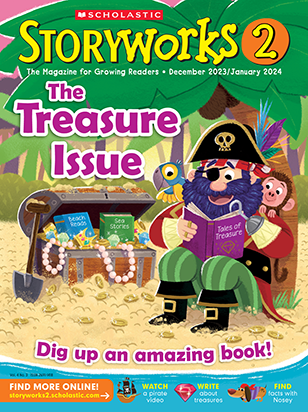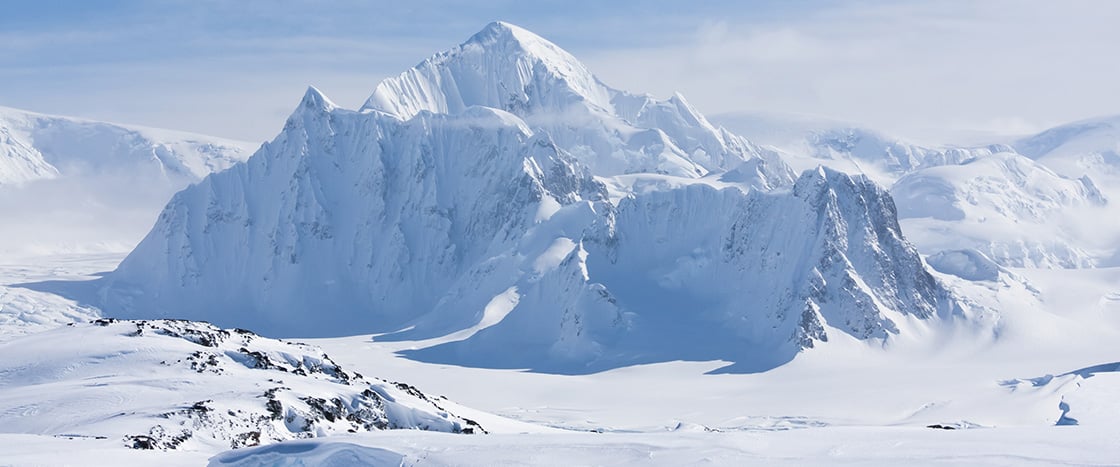Jim McMahon/Mapman ®
Antarctica is the coldest continent in the world! A continent is a large area of land.
Whoosh! The frigid air blows. Antarctica is also the windiest continent.
In the winter, the temperature almost never goes above freezing. In the summer, it can get into the 50s. That’s a hot day for Antarctica!

